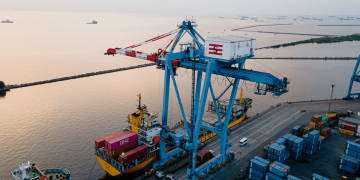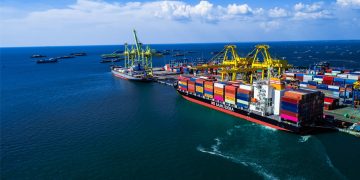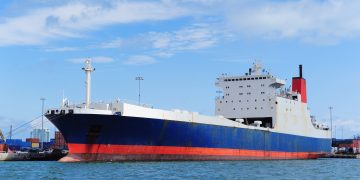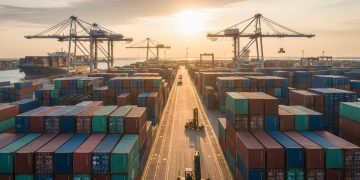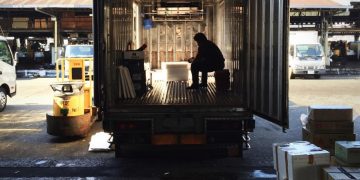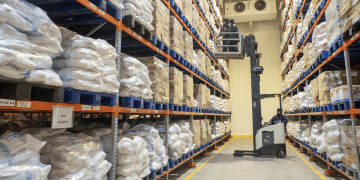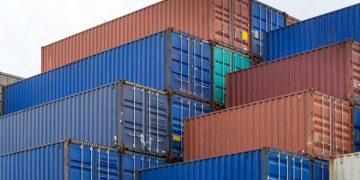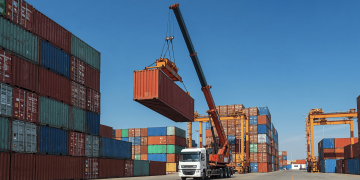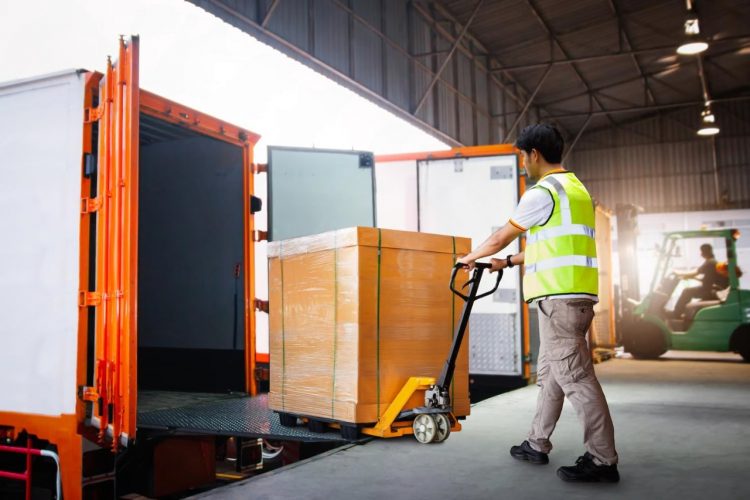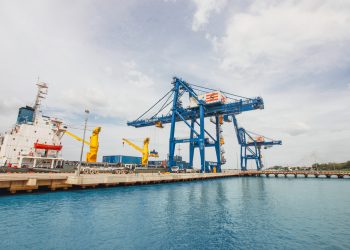In the world of shipping and logistics, the terms “stuffing container” and “loading container” are often used interchangeably, but they actually have distinct meanings and implications. Understanding the difference between these two concepts is essential for professionals involved in cargo handling, freight forwarding, and supply chain management.
What is Stuffing Container?
Stuffing container refers specifically to the process of placing cargo into a shipping container in a way that ensures the goods are secured, stable, and protected during transit. This involves careful planning, packing, and securing of the items to maximize space utilization while minimizing the risk of damage. For more details, you can read here.
Key aspects of stuffing container include:
- Proper arrangement and stacking of goods
- Use of packing materials such as dunnage, airbags, and straps
- Ensuring weight distribution is balanced
- Compliance with safety and regulatory standards
What is Loading Container?
Loading container, on the other hand, is a broader term that refers to the general act of putting cargo into a container. This may include stuffing, but also encompasses other activities such as organizing containers onto trucks, ships, or storage areas.
Loading container covers:
- Transporting containers to the stuffing area
- Positioning containers for stuffing or unloading
- Handling containers during transit within warehouses or ports
Why does the Difference Matter?
Understanding the difference is important because stuffing focuses on how cargo is packed inside the container to protect the goods and optimize space, while loading deals with the overall logistics of moving containers as units.
Proper stuffing requires knowledge of cargo characteristics, container dimensions, and securing methods. Improper stuffing can lead to cargo shifting, damage, or even accidents during shipping. Meanwhile, loading involves the coordination of equipment, personnel, and scheduling to ensure containers are moved efficiently within the supply chain.
Best Practices for Stuffing Containers
To ensure safe and efficient stuffing of containers:
- Plan the Load: Understand the cargo size, weight, and fragility.
- Use Suitable Packaging: Protect goods with appropriate materials.
- Distribute Weight Evenly: Avoid overloading one side.
- Secure Cargo Properly: Use straps, braces, or dunnage.
- Follow Regulatory Guidelines: Comply with IMO and local regulations.
While stuffing container and loading container may seem similar, they serve different purposes within the shipping process. Stuffing is about how cargo is packed inside, ensuring safety and space optimization, whereas loading is about moving containers throughout the logistics chain.
By recognizing the difference, logistics professionals can improve cargo safety, operational efficiency, and overall supply chain performance.

